In this presentation we will discuss why KV SSD is the ultimate storage solution, and why it will replace ZNS. We will explore how KV SSD solves many of the issues with flash management and the scaling of SSD devices in storage systems. KV SSD is a contrasting direction to Zone Namespaces and the migration of flash management to the Host. We feel KV SSD is a better direction, as the axiomatic optimal solution is to perform garbage collection at a single layer in any system, and that this garbage collection is optimal when it is as close to the flash as possible. Abstracting the need to track location from the host space solves many of these issues and complexities in the host, and allows device specific knowledge to be hidden from the host. This solution also minimizes read and write amplification with consequent flash wear out, and ultimately cost and power. Attempts have been made to implement a KV layer on top of existing SSD mapping solutions. We will explain why this path is inherently flawed, what issues need to be solved and how a native KV SSD device resolves these problems. We will discuss why a direct KV mapping layer is difficult to implement, and potential paths to solve it. In addition to changes in the device, changes are needed in storage applications, files systems, databases etc. to utilize these new devices. We will discuss what are the software ecosystem challenges and possible solutions.
Why KV SSD will replace ZNS
Tue Sep 13 | 3:05pm
Location:
Salon VI, Salon VII
Abstract
Learning Objectives
- What is KV SSD, and how is it different to other storage API's
- How will KV SSD simplify the storage stack
- How will KV SSD improve cost/performance/power envelop of KV storage solutions
---
Andy Tomlin
QiStor
Related Sessions
















